
Eagle Feathers #215 – America’s Attic
By Bob (Monty) Doherty
On August 10, 1846 the United States Senate passed an act establishing the Smithsonian Institution. It was formed with over $500,000 in gold sovereigns that were bequeathed from James Smithson (1765-1829).
Smithson was a British scientist who was born in France, died in Italy and never set foot on American soil. Why he was so generous to the United States is a mystery. Most say, like Lafayette, he loved the experiment of the young American democracy. His legacy was a trust which has developed into the world’s largest historical and educational museum and research complex, frequently referred to as the Nation’s Attic.
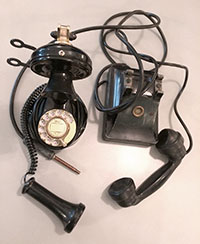
In later years, Alexander Graham Bell, of early Somerville telephone fame, was a member of the Smithsonian’s Board of Regents. He and his wife went to Italy and rescued Smithson’s remains from cemetery developers. Thanks to Bell, the disinterred founder and benefactor of America’s National Museum now sleeps in the Washington D.C. Castle of the Smithsonian.
The following is a partial list of men, woman and items that touched Somerville and have been noted by the Smithsonian:
- A Somerville treasure based on Smithsonian oil paintings lies on the inside wall of the former Union Square Post Office building. It is titled “A skirmish between British and Colonists near Somerville in Revolutionary Times.”
*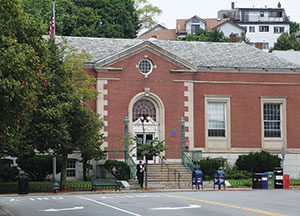 *
* - Harry Cheetham was president of the Somerville High School Wireless Society. While on the ship RMS Carpathia, he was the first to communicate to shore the fate of the HMS Titanic survivors. In 1930, he donated his collection of instruments to the Smithsonian.
*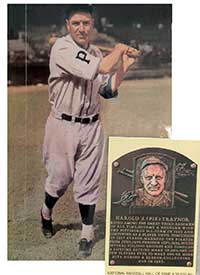 *
* - The museum holds a 1935 Pittsburgh Pirate’s baseball signed by the team. These signatures include the legendary Honus Wagner, then the team’s coach, and Somerville’s Pie Traynor, the team’s player and manager. Traynor was also baseball’s best third baseman for ten years straight.
*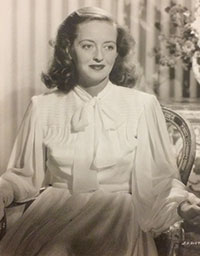 *
* - Bette Davis was generously honored by the museum. She lived in both Teele Square and Davis Square when she was very young. It is also where Bette Davis’s Eyes first came to light near the Somerville Theatre. She gave the name to the “Oscar” statue for which she was nominated ten times and won twice for her nearly 100 films.
*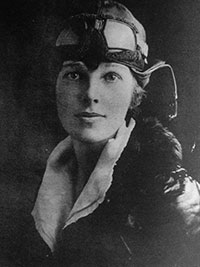 *
* - Amelia Earhart has been honored by the Smithsonian in its magazine, channel, gallery and exhibits. Somerville’s tallest monument, which looks like a modern castle in the middle of the Mystic River, is a tidal dam that honors this aviation pioneer who lived nearby in Medford. In 1937 while attempting to fly around the world, she disappeared over the Pacific Ocean.
* - Eighteen-year old Alfred Fuller’s life is well chronicled by the Smithsonian. In 1903, he came to live in his sister’s Davis Square home in Somerville from Canada where he was fired from his first three jobs. Humiliated, he retreated to her basement shop where he poked, tinkered, and created the first “Fuller Brush” which led to a billion-dollar empire.
These stories pale with the millions in the American Attic of James Smithson.















Reader Comments